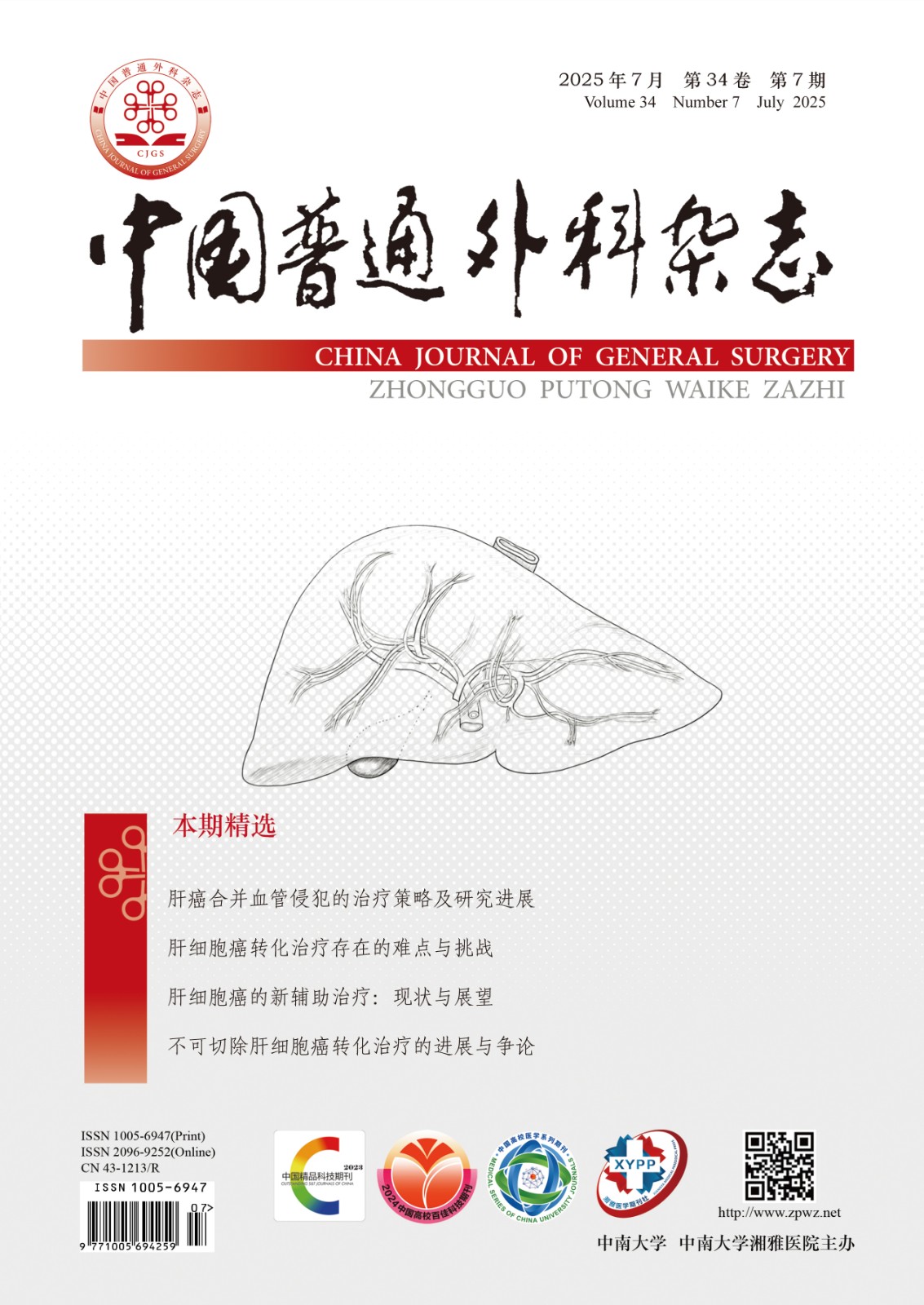Abstract:Objective: To evaluate the efficacy and safety of apatinib combined with transcatheter arterial chemoembolization (TACE) in treatment of intermediate and advanced liver cancer.
Methods: The publicly published randomized controlled studies comparing apatinib plus TACE (study group) and TACE alone (control group) for intermediate and advanced liver cancer were searched on computer in several national and international databases. The search was restricted from inception of each respective database to March 2019. The quality assessment was carried out using the Cochrane risk of bias tool after data extraction, and Meta-analysis was performed by using RevMan 5.3 software.
Results: Eight randomized controlled studies were finally included, involving a total of 486 patients, with 243 cases each in study group and control group. In study group compared with control group, both short-term efficacy (objective remission rate: OR=2.88, 95% CI=1.80–4.62, P<0.000 1; disease control rate: OR=3.29, 95% CI=1.96–5.53, P<0.000 01) and long-term results (6-month survival rate: OR=2.89, 95% CI=1.74–4.80, P<0.000 1; 12-month survival rate: OR=2.37, 95% CI=1.46–3.83, P=0.000 5; 24-month survival rate: OR=2.67, 95% CI=1.41–5.04, P=0.002) were significantly improved. The incidence of hand-foot syndrome and albuminuria were significantly higher in study group compared to control group (both P<0.05), while other adverse reactions such as fever, nausea/vomiting, diarrhea, myelosuppression and hypertension showed no significant differences between the two groups (all P>0.05).
Conclusion: Both short-term efficacy and long-term results of apatinib combined with TACE are superior to those of TACE alone in treatment of intermediate and advanced liver cancer. The overall survival time of apatinib group is longer, and can improve the short-term efficacy and long-term survival rate of patients, but the related side effects are common. However, the associated adverse effects may probably affect its application range and the patients’ quality of life.

